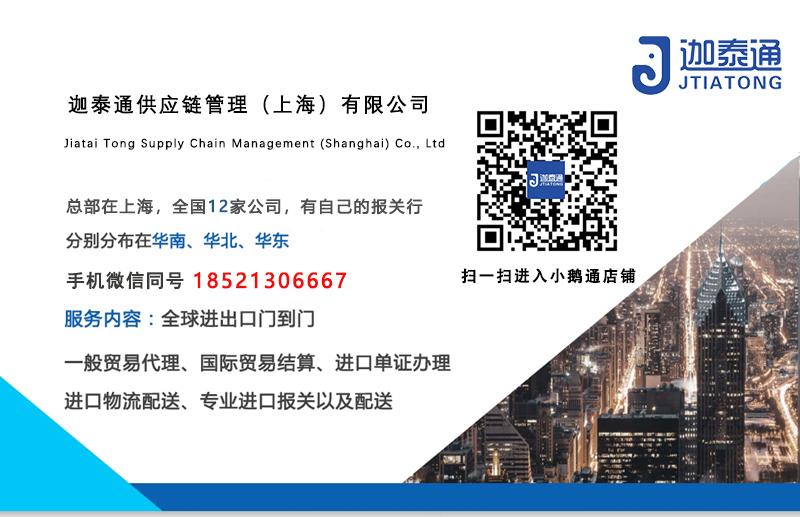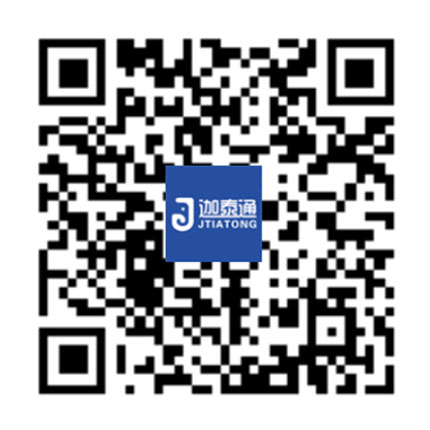Customs Knowledge: Copper Mine Import Process
Copper Mine Import Process
Copper, chemical symbol Cu, atomic number 29, has good ductility, thermal conductivity, and conductivity, and is widely used in fields such as electrical, mechanical manufacturing, medicine, construction, and national defense. Its consumption in China is the second largest non-ferrous metal after aluminum. In addition to recycling, copper ore is the main source of copper metal. As a major consumer of copper in China, the production of domestic copper ore is far from meeting demand, and most of it needs to be imported from abroad. According to customs statistics, from January to October 2021, the import volume of copper ore and its concentrate in China was 19.165 million tons, an increase of 6.3% year-on-year.
Part 1: What are the types of imported copper mines?
According to the status and copper content of the goods, imported copper ore can be divided into two categories: copper ore and copper concentrate.
According to the import tariff, imported copper ore can be divided into the gold value portion and the non gold value portion.
Part 2: How to declare imported copper mines?
Enterprises need to prepare the following documents when applying:
1. Packing list/invoice/contract;
2. Ocean bill of lading;
3. Inspection report (quality certificate, weight certificate, etc.);
4. Automatic import license;
5. Explanation of pricing method;
6. Declaration elements;
7. Other information.
According to the relevant requirements of the "Catalogue and Interpretation of Customs Import and Export Commodity Specification Declaration of the People's Republic of China" (2021), import enterprises need to standardize the following elements when filling out the "commodity name" and "specifications and models" of the import and export goods declaration form:
1. Product name;
2. Processing methods (crushing, grinding, magnetic separation, gravity separation, flotation, screening, etc.);
3. Component content;
4. Moisture content;
5. Source (country of origin and mining area name);
6. Signing date;
7. Pricing method (formula pricing, spot price, etc.);
8. Secondary settlement is required and not required;
9. Valuation date;
10. Is there any demurrage fee (no demurrage fee, undetermined demurrage fee, declared demurrage fee).
Part 3: What should I pay attention to when applying?
01 Imported copper concentrate with a separate declaration for the gold value part and non gold part can enjoy partial value-added tax exemption
According to Announcement No. 29 of 2003 of the General Administration of Customs of the People's Republic of China, the gold associated ore with commodity number 26030000 (copper concentrate) is exempt from import value-added tax on the gold value part, and import value-added tax is levied on the non gold value part according to regulations. The gold content of the aforementioned goods must be separately priced in the contract. When importing, the batch of goods should be declared separately in the same customs declaration form under the commodity numbers 26030000.10 (gold value part in copper ore and its concentrate) and 26030000.90 (non gold value part in copper ore and its concentrate), and the quantity should also be split according to the same proportion of value. Other expenses that should be included in the tax paid price shall be allocated in proportion to their respective values.
02 Pay attention to pricing method during declaration
When applying, import enterprises should pay attention to whether the application method is formula pricing or spot price. If formula pricing is used, according to the Announcement No. 44 of the General Administration of Customs in 2021 on the Determination of the Duty Paid Price of Imported Goods with Formula Pricing, taxpayers shall, before the import or domestic sales of the first batch of goods under the formula pricing contract, complete the filing procedures with the customs at the place where the first batch of goods are declared or the customs at the place where the enterprise is registered. For goods that can determine the settlement price when declaring import or when fully declaring under the "two-step declaration" customs clearance mode, taxpayers do not need to submit a "Filing Form" to the customs.
03 Please apply for an automatic import license in advance before importing
Copper mines belong to national monitoring goods, and import enterprises should submit an automatic import license application to the competent foreign trade department of the State Council or its authorized agency before handling customs declaration procedures.
Tip:
Imported copper mines must determine the attributes of the goods in advance, accurately declare them, and do not report copper concentrate as copper ore.
Announcement No. 44 of the General Administration of Customs in 2021 has been implemented on September 1, 2021. The requirements for filling in the customs declaration form have been modified, and import enterprises are advised to pay attention to standardized filling.
Part 4: How does the customs supervise imported copper mines?
Based on years of inspection experience, the inspectors have summarized the "look, smell, ask, and cut" work method to check the pulse of imported copper mines.
01 Wang
Visual inspection refers to the inspection of the appearance, observing the shape, particle size, color, and quality of the goods. The high-quality ore has a uniform color, uniform texture, clean and pure without impurities, emitting a charming light. If there are various colors, shapes, and dimness, it may be of low quality and even suspected of solid waste. The inspection personnel can make preliminary judgments on whether the imported copper ore matches the declared requirements and whether there is a risk of solid waste through sensory inspections such as on-site inspection of the color, particle size, and inclusion status of the goods.
02 Wen
Smell is the process of detecting the odor of goods up close. Metal mineral products are mostly extracted from natural mineral veins, which smell metallic or have been weathered and blended with the scent of nature. If the odor is pungent, it is likely to be sulfurized or processed slag, which poses a higher risk.
03 Question
Asking is asking the consignee about the origin, mining, production, and processing technology of the goods, in order to understand the past and present lives of copper ore. The global distribution of mineral resources is very uneven and relatively concentrated. Understanding their sources can roughly determine their quality.
04 cut
Cutting is a scientific and accurate diagnostic conclusion based on the above situation, comprehensive analysis, and the use of radiation detectors and other related equipment, as well as laboratory testing results, to determine whether its quality and environmental protection meet national requirements. Key "diagnostic" items:
● Quality project testing
Imported copper ore and its concentrate will be sampled by customs according to relevant standards, and quality items related to copper content, moisture, etc. will be tested.
● Radioactivity testing
According to the "Customs Radiation Testing Work Regulations", check whether the imported copper ore meets the requirements of the "Natural Radioactivity Limits for Non ferrous Metal Mineral Products" (GB 20664-2006).
● Solid waste risk investigation
The customs shall carry out a risk assessment of solid waste on imported copper mines in accordance with the law, and the customs officers shall take samples of high-risk solid waste goods discovered on site according to inspection instructions or send them to the laboratory for solid waste attribute identification.
● Limit of toxic and harmful elements
If copper concentrate is imported, the customs must also conduct environmental protection project testing on the limit of toxic and harmful elements in imported copper concentrate in accordance with the requirements of the "Announcement on the Limit of Toxic and Harmful Elements in Imported Copper Concentrates" (2017 No. 106) issued by the former General Administration of Quality Inspection, the Ministry of Environmental Protection, and the Ministry of Commerce. The limit must comply with the "Specification for the Limit of Harmful Elements in Heavy Metal Concentrate Products" (GB20424-2006).
本文来源:http://www.jtia56.cn/list_71/438.html
本文标题:Customs Knowledge: Copper Mine Import Process
注:本文部分图文来源于网络,如有侵权联系我们删除,谢谢!
迦泰通(海关AEO高级认证企业)-服务范围
迦泰通19年进出口通关经验,10+分公司,支持全国进口申报;是海关AEO高级认证企业,专注全球门到门,一站式进口代理清关服务!我司业务范围:国际运输、进口报关清关、仓储配送、代签外贸合同与付汇、暂时进出口等。全国免费咨询电话tel:18521306667
【相关推荐】
- 了解详情 > 【 Customs Knowledge 】 Guidelines for Pet Entry
- 了解详情 > Customs Knowledge: How to classify Christmas products
- 了解详情 > Customs Knowledge: Import of Traditional Chinese Medicine
- 了解详情 > Customs Knowledge: Import of Special Plants for Stone Resear
- 了解详情 > How to declare steel products?
- 了解详情 > Customs Knowledge: Import of Recycled Aluminum






